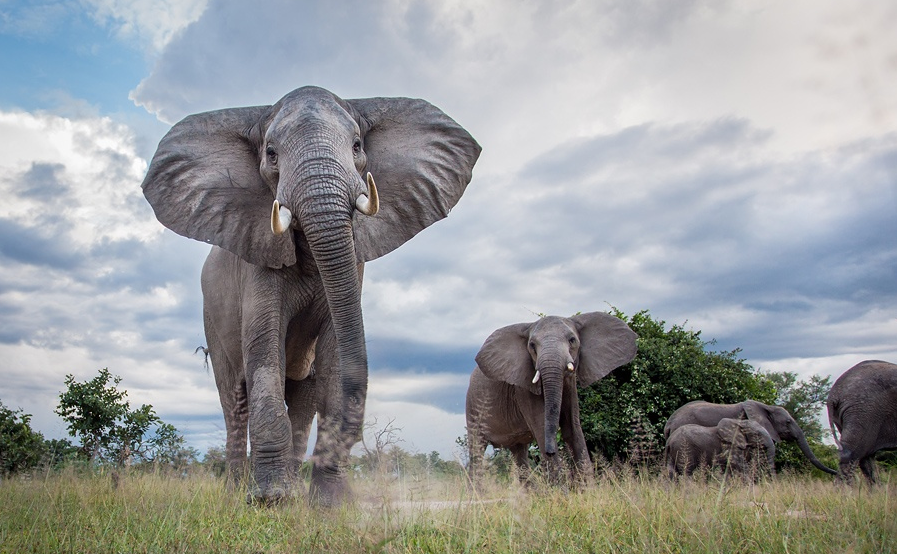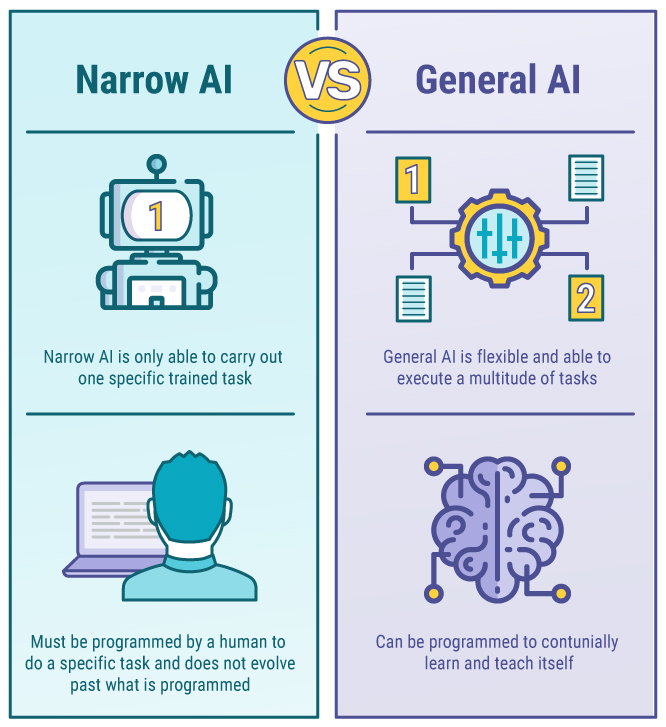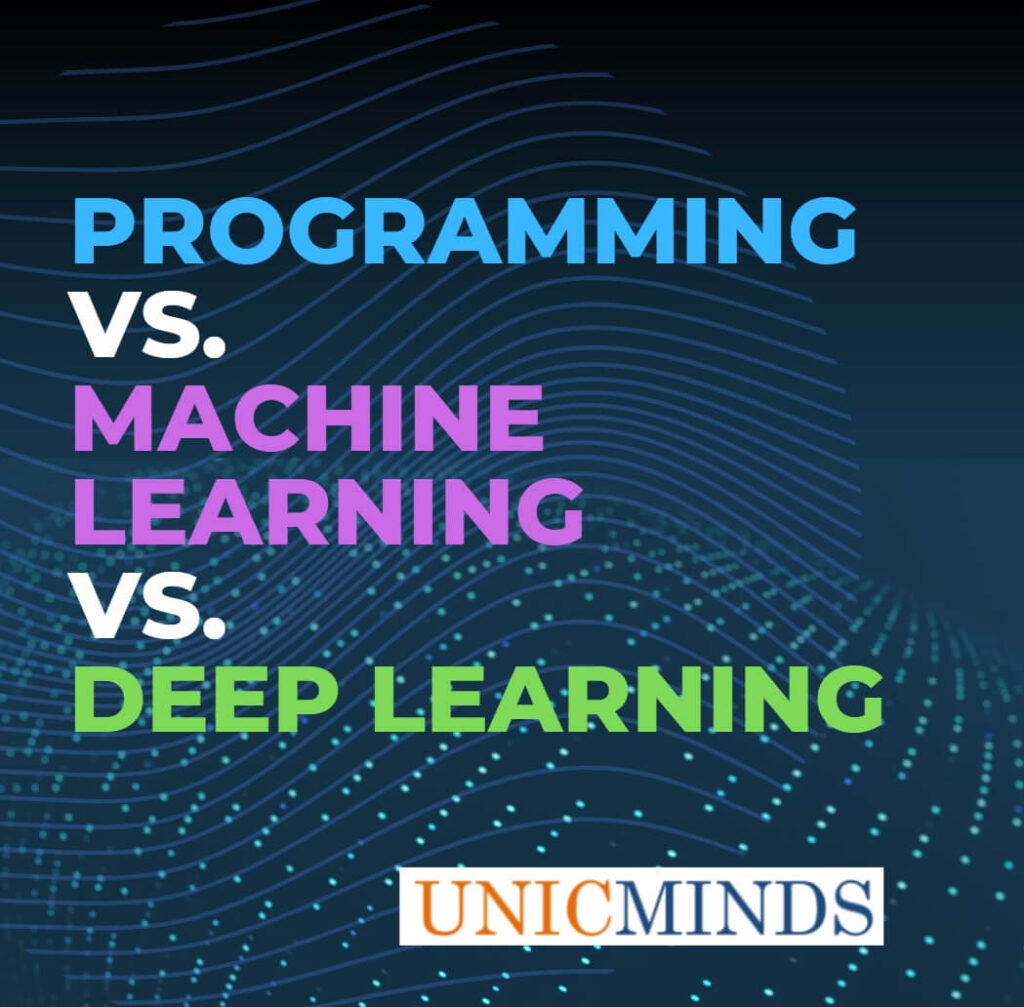Let’s start with an example that demonstrates what artificial intelligence (AI) is for kids. If you ask kids how many elephants are in the above image, then most of the kids will correctly answer that there are five elephants. Now, how did the child do that? Because he or she was told how an elephant looks using multiple pictures, the child can easily identify the elephants in the image – meaning the child can easily identify the background and the foreground, the child can separate the various patterns and entities, and the child can recognize elephants basis his or her past knowledge of how an elephant looks like. The child won’t have any problem separating the background trees and elephants.
Now, imagine that as a kid, you have to tell the computer how to do the same. This is what is machine-learning. Machine learning & AI for kids in a simple way is about telling (or helping) computers how to learn to identify or predict something, and the process may or may not mimic how humans do the same work. As computers can only understand 0s and 1s (binary code), you have to imagine what the computer would see this image as – the computer will not see the above image as what we see, it sees a series of binary code. For a certain color, a certain hexadecimal code will be used and that is what the computer sees.
So, you have to separate (or segment) the image data basis various colour codes first. And then within each of those segments, you identify the geometrical patterns and features that define an elephant.
For example, you told the computer that if a circular pattern is detected between two rectangular patterns and the colour is dark grey/light grey then you identify an elephant. In the below two pictures, on the left-side you can see that the computer identifies two rectangular patterns and one circular pattern in between and hence the computer positively says there is one elephant in this picture. Now, if you give the second (right) picture to the computer, then the computer doesn’t find any such pattern and hence it says there is no elephant in the second (right) picture. But, we have to find ways to teach the computer to recognize even the side angle of the elephant. This will have different other patterns or heuristics for us to tell the computer or code in a particular programming language.
But, then when you give the image of a dog to the computer. The computer might deleted the same three patterns and it says it is an elephant.

So, what do you do to correct this mistake by the computer or the algorithm?
Maybe you can then make it more specific, that you may want to identify the trunk of the elephant as a specific pattern. So, you put an additional restriction that the picture should have four patterns (three rectangles and one circular and they should be in a specific order with the circle between the three rectangles) and only then it is an elephant. Or you may say I want to consider two triangles for ears instead of rectangles. You get the point!
Another set of problems that children can relate to in AI for kids is the prediction algorithms. Let’s assume there is a kid called Aaron, and we want to write a program to predict if Aaron will like a specific type of food or not. To write this kind of a program, we have to first train the computer with what food-items Aaron likes and dislikes generally. For each of these food-items have a range of attributes, like taste (sour/sweet), shape (round/irregular), packaged/cooked, and other such attributes. Now, that data will look like the below. Then we give a new food item “Chicken”, the computer has to predict if Aaron will like/dislike this food-item based on past knowledge.
Each of these variables will affect the Yumminess (result) variable in a positive or a negative way. For example, Sweet seems to affect in a positive way and Cooked seems to affect in a negative way. Aaron seems to like food that is sweet and baked.
To describe that in the form of mathematics, you describe using a model or an equation (relationship between the dependent variable and the independent variables).
Result = 0.3*a + 0.05*b – 0.08*c + 0.01*d +0.06*e – 0.27*f + 0.4*g +0.02*h + 0.03*i
If you look carefully, then you may see positive relationships with positive signs and negative relationships with negative signs. And we see that sweet seems to be having a higher positive correlation with the result and hence it might have a higher weightage, and cooked seem to have a higher negative weightage.
We think this is a decent introduction to machine-learning and AI for kids. And as they start learning we can make things a little more complex and teach them slightly different and deeper topics.
Hope this is useful, thank you.
Image Source(s): The hero image of this post showing a herd of elephants is from https://www.ecolife.zone/ethical-animal-tourism/
You may like to read:
Application of Logarithms in Coding – explained to Kids
How are kids coding which was only done by grownups?
DALL-E and Deep Dream – A Retrospective blog by a UnicMinds teacher



